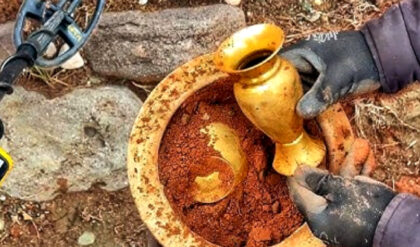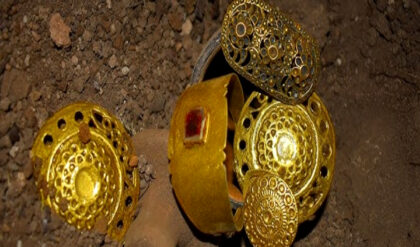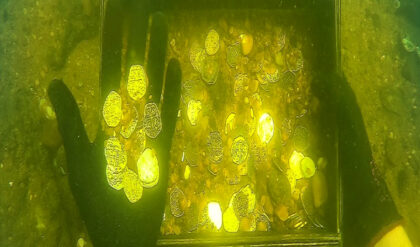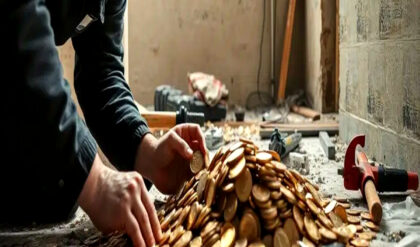The Trier Gold Hoard, the biggest collection of Roma gold ever found, was uncovered in 1993 during excavation work. This impressive discovery consists of 2,500 gold pieces weighing a total of 18.5 kg, hidden for almost 1,800 years.
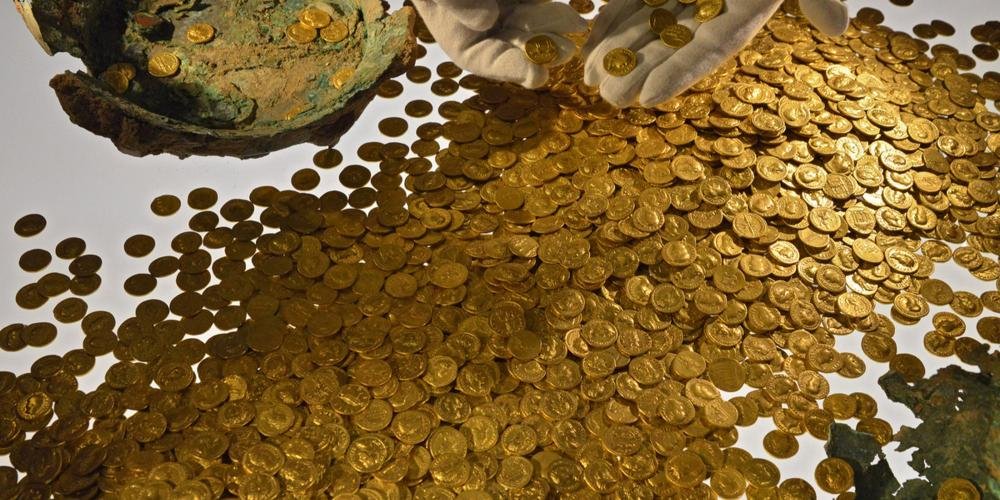
The Trier Gold Hoard, discovered in 1993, caused quite a stir in the media. Further examination suggested that it was more than just someone’s personal stash of money – it appeared to be an official treasury that had been carefully managed and grown over time. The Hoard was valued at around 130 Roman soldiers’ annual salaries and featured depictions of 27 emperors, empresses, and members of the imperial family on its gold coins, some of which are considered rare and valuable even today.
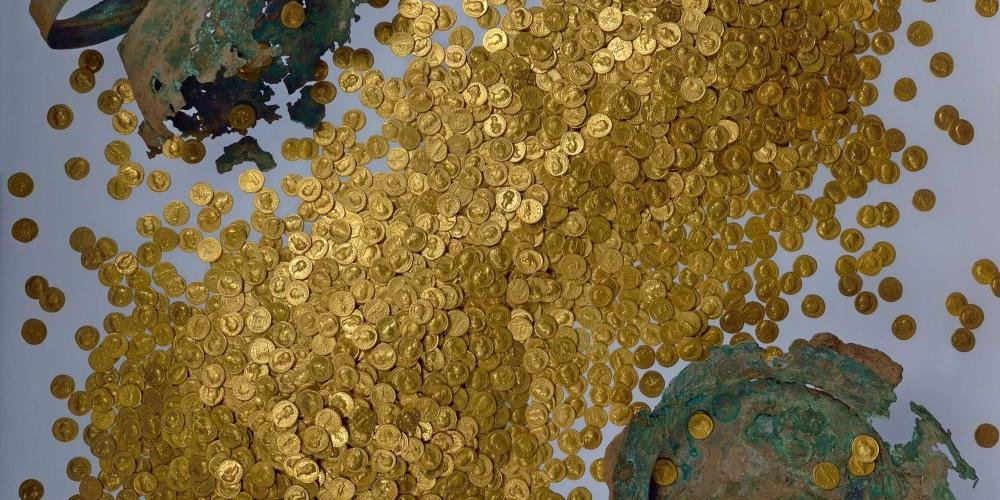
What was the reason behind the coins being buried? During a civil war in 196 AD, a collection of gold coins was hidden underground in a cellar. When Clodius Albinus appointed his son Caracalla as the heir instead of Albinus, Septimius Severus’ reign was overturned. It is possible that the previous keeper of the hoard took the secret of the buried treasure with him to the grave.
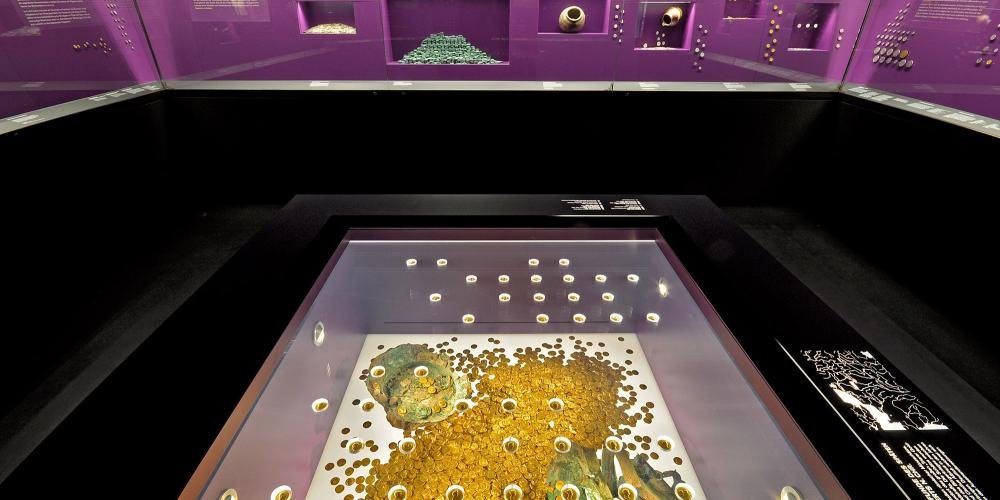
Different ways to view coins At present, the coin collection at the Rhenish State Museum in Trier showcases a unique assortment of coins. As one of Germany’s largest archaeological museums, it houses an exhibition with a total of 12,000 coins. The exhibit in the Gold Hoard presentation room provides valuable insights into the evolution of the monetary system and the production of ancient, medieval, and modern money, along with archaeological findings.

